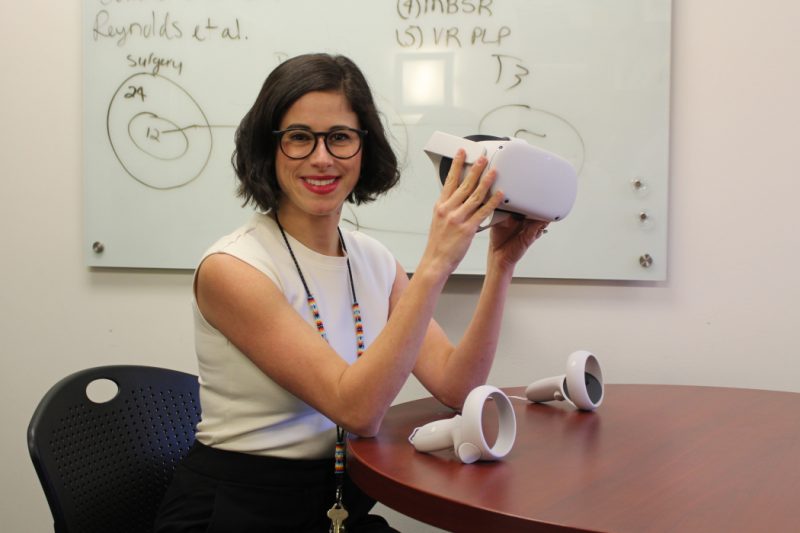When Sandy Rosen, 59, was diagnosed with COVID-19 last month, she knew she had a rough journey ahead of her. But she figured her active lifestyle and lack of underlying health conditions would prevent her from becoming seriously ill.
The Langley, B.C., dance teacher and mother of three imagined she'd beat the virus in no time.
But nine days after she tested positive, Rosen found herself in hospital, struggling to breathe and fearing the worst.
Now that she's home and on the mend, Rosen wants others to know that COVID-19 can take down anyone, regardless of how healthy they think they are.
After testing positive, she thought her symptoms would be mild, a little like the flu.
"It really turned the opposite to that very fast," she said.
'Suddenly things just started to turn'
For the first week, Rosen said she had flu-like symptoms that seemed manageable. She stayed home with her husband, who had also tested positive.
But as the days went by, more symptoms appeared, like a loss of appetite, physical weakness and migraines.
"Suddenly things just started to turn," said Rosen, who at that point had not yet had her first dose of vaccine.
She was in touch with her doctor, as well as the province's COVID-19 hotline. Both asked about her breathing, which she hadn't noted because of all her other symptoms.
"Because of the nature of how awful I was feeling, I wasn't moving. So there was no opportunity, I guess, for us to take note of whether I was breathing well," she said.
She and her husband continued to stay home and isolate.

Rosen said she knew something different was happening when her body "seemed incapable of lifting up."
She called the hotline and her doctor again.
"Probably around Day 8 ... I can describe it as suddenly it felt like I had been buried alive. I felt like the air was heavy, my body was heavy," Rosen said.
Still, they were not told to go to the hospital, so they stayed home.
Finally, about nine days after Rosen's diagnosis, they were advised to go to the hospital.
'Your lungs are failing'
She arrived at Surrey Memorial Hospital on April 21 and the reality of her situation came crashing down on her.
"They said, 'Oh my goodness, you have pneumonia and your lungs are failing and they're just not taking in oxygen,'" Rosen said.
The condition she was battling was hypoxia, a condition where the body is deprived of oxygen.
For the next four days, she said it was very touch and go.
She said it was "a fascinating, scary time" for all the people who had ended up in hospital, as they tried to predict whether their lungs would suddenly start functioning properly again or if they would end up in ICU on a ventilator.
She said the COVID wing of the hospital had a palpable sense of fear, with all the patients "hoping, praying that [they would] be the fortunate one."
Rosen was eventually given oxygen but stayed out of the ICU.
After a few days, her oxygen levels started to climb out of the danger zone. On April 30, she finally returned home.
'Unlike anything we've seen before'
Emergency room physician Navdeep Grewal said doctors are seeing some patients' oxygen levels drop at an alarming rate due to COVID-19, though it's unclear whether it's due to the variants or the progression of the virus in the community.

Rosen's experience with hypoxia is an example.
"The frequency at which we see [hypoxia] with COVID is unlike anything we've seen before ... you see this white-out on their X-rays and their lungs," Grewal said.
Rosen is recovering well, but still has a cough and muscle weakness.
She said she wishes she had a pulse oximeter at home to test the levels of oxygen in her blood. It's a small tool that can be bought at a pharmacy or online and clips on to your finger or ear to tell you how much oxygen is in your bloodstream.
Grewal said it's a relatively inexpensive tool she would suggest people buy as the pandemic continues.
'It felt like I had been buried alive': Langley woman recounts her battle with COVID-19 - CBC.ca
Read More

No comments:
Post a Comment